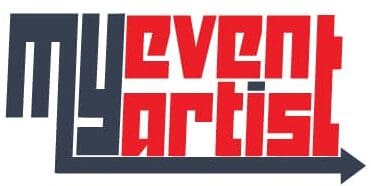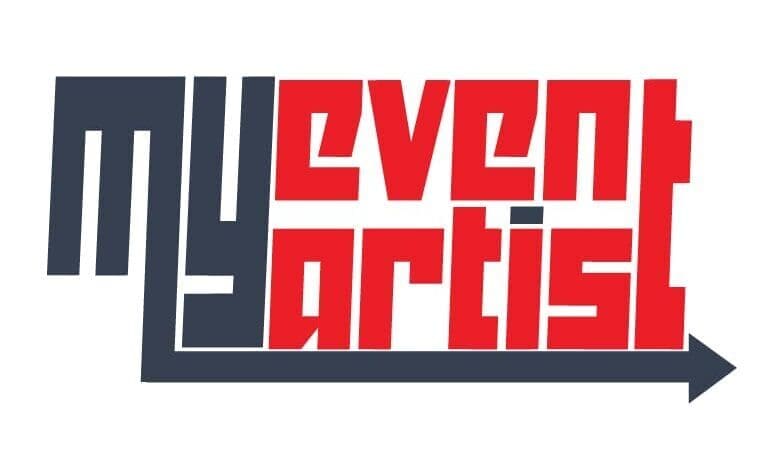In the fast-paced and competitive landscape of sports, effective branding is essential for distinguishing your event from countless others. One of the most critical components of any branding strategy is the logo. A well-designed logo can evoke emotions, create connections, and significantly influence how your event is perceived by participants, fans, and sponsors alike. This blog post delves into the power of branding and explores how logos shape the perception of your sports event, examining the elements that make logos effective and how they can be strategically used to enhance your event’s appeal.
Understanding the Role of Branding in Sports Events
Branding goes beyond just having a recognizable logo. It encompasses the entire identity of your sports event, including its visual representation, messaging, and overall impression. Here are some of the key reasons why branding is integral:
- Identity Creation: A strong brand identity differentiates your event from others. It helps in building recognition and a memorable presence in the minds of your audience.
- Emotional Connection: Effective branding fosters emotional connections. A compelling logo and branding strategy can evoke feelings of nostalgia, excitement, and community pride.
- Trust Building: Consistent and professional branding, including a polished logo, cultivates trust among attendees and sponsors. It signals that the event is well-organized and worthy of their time and investment.
- Marketing Effectiveness: A strong brand enhances marketing efforts, making promotional materials more appealing and engaging, leading to increased participation and support.
- Loyalty Development: A memorable brand encourages attendees to return for future events, fostering a loyal fanbase that spreads positive word-of-mouth.
The Impact of Logos on Perception
Logos are a vital element of branding, serving as the visual symbol of your event. Here’s how logos influence the perception of your sports event:
- First Impressions Matter: Logos often represent the first point of contact between the audience and your event. A polished and professional logo can create a positive first impression, attracting interest and encouraging participation.
- Representation of Values: A logo should encapsulate the essence and values of your event. Whether it emphasizes competition, sportsmanship, community, or health, the design should align with the event’s mission.
- Cultural Relevance: Logos that incorporate local or cultural elements resonate more deeply with the target audience. They not only reflect the event’s identity but also build a sense of belonging among participants.
- Consistency Across Platforms: A consistent logo across all branding materials—be it social media, merchandise, websites, or signage—reinforces the event’s identity, making it easily recognizable.
- Visual Interest: A unique and visually appealing logo enhances the aesthetic value of the event. Eye-catching designs draw attention and make promotional materials more appealing.
Key Elements of Effective Sports Event Logos
To maximize the impact of your logo on your event’s branding, consider the following elements in your design process:
- Simplicity: A simple logo design is often the most effective. It is easier to recognize, remember, and reproduce across different formats and media. Avoid overly complex elements that may confuse or distract the audience.
- Relevance: Ensure that the design elements resonate with the core message of your event. Colors, symbols, and typography should reflect the event’s theme, sports category, and target audience.
- Timelessness: While it can be tempting to follow the latest design trends, aim for a design that will remain relevant and appealing in the long run. A timeless logo can maintain its identity as your event evolves.
- Versatility: Your logo should be adaptable for various applications—from digital platforms to physical merchandise. Ensure it looks great in both color and monochrome, and can be resized without losing quality.
- Emotion Evocation: Colors, shapes, and typography all communicate feelings. Choose elements that evoke the desired emotions—whether it’s excitement, determination, or unity—related to your event.
How to Use Logos to Shape Perception
Once you’ve developed a compelling logo, it’s essential to leverage it effectively in your marketing and branding strategies. Here are several ways to utilize your logo to shape the perception of your sports event:
- Marketing Materials: Incorporate your logo into all promotional materials, including flyers, posters, digital ads, and social media graphics. Consistent use strengthens recognition and builds credibility.
- Sponsorship Opportunities: When reaching out to potential sponsors, showcase your logo prominently on proposals and presentations. A strong brand can make your event more appealing to potential sponsors.
- Merchandising: Create a line of merchandise featuring your logo, such as t-shirts, hats, and memorabilia. Merchandise serves as a walking advertisement and fosters fan loyalty.
- Social Media Presence: Use your logo as a consistent visual element across all social media platforms. This reinforces brand identity as fans share content and promote discussions around your event.
- Event Signage and Decor: Display your logo prominently throughout the event venue, including banners and backdrops. Visual reinforcement in the physical space enhances the overall atmosphere and event identity.
- Engage with Audiences: Encourage fans and participants to share pictures wearing merchandise or at the event, incorporating the logo in their posts. User-generated content helps amplify the brand reach while fostering community connection.
Case Studies: Successful Branding in Sports Events
To illustrate the effectiveness of branding through logos, let’s explore a few successful sports events that have successfully shaped their perception through effective branding:
- The Olympic Games:
- With its iconic Rings logo, the Olympics transcends global borders. The logo embodies unity and diversity, making it instantly recognizable and deeply respected around the world.
- The Boston Marathon:
- The marathon’s logo reflects its rich history and connection to the city. It evokes pride among locals while attracting runners from all over the globe, enhancing the event’s global perception.
- The FIFA World Cup:
- The FIFA World Cup logo incorporates cultural motifs from the host nation, creating a unique identity for each event. The logo is a worldwide symbol of soccer excellence that resonates with fans from diverse backgrounds.
- Wimbledon:
- The Wimbledon Championships utilize a timeless logo that reflects tradition and prestige in tennis. The logo evokes a sense of elegance and sport, attracting participants and spectators alike.
Conclusion: Harnessing the Power of Branding through Logos
The power of branding in shaping perceptions cannot be overstated. A well-crafted logo is a cornerstone of that branding strategy, influencing how your sports event is perceived by participants, fans, and sponsors. By effectively utilizing design elements that foster recognition, resonate with audiences, and communicate values, you can create a lasting impression that contributes to your event’s success.
At MyEventArtist, we specialize in designing custom logos and branding materials tailored to your sporting events. Explore our offerings at myeventartist.com and let us help you harness the full potential of your event branding. Together, we can create a visually compelling identity that captivates audiences and ensures your sports event stands out in a crowded field.
Keywords: sports branding, logos, event perception, marketing strategies, audience engagement, visual identity
#sportsbranding, #logos, #eventperception, #marketingstrategies, #audienceengagement, #visualidentity



Leave a Reply